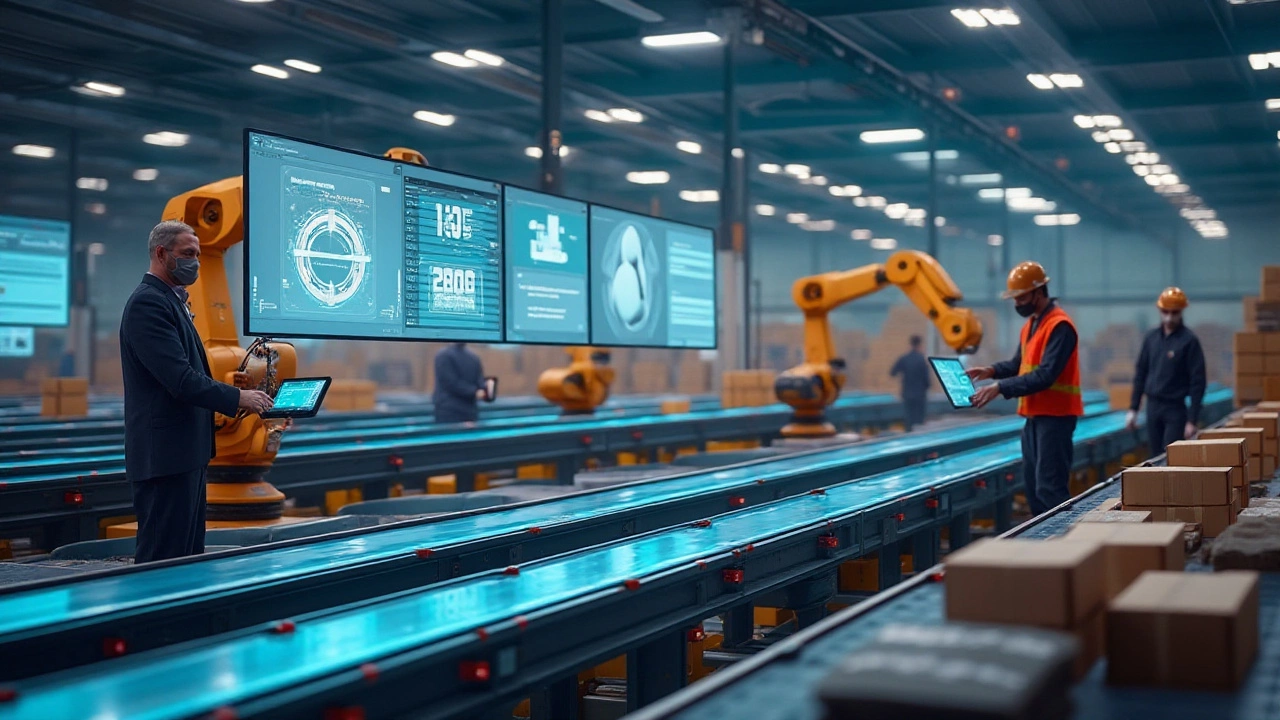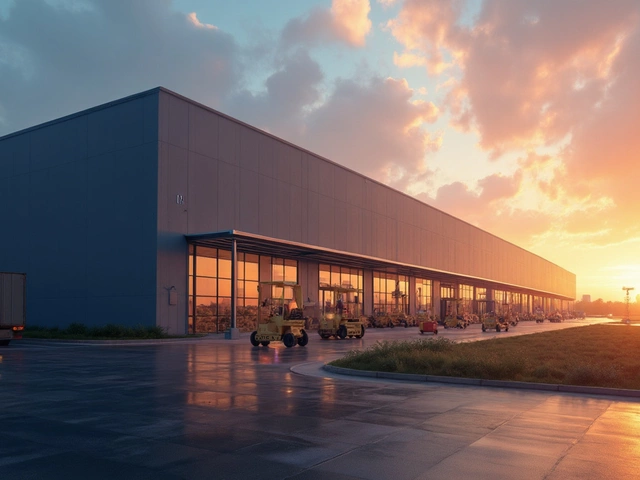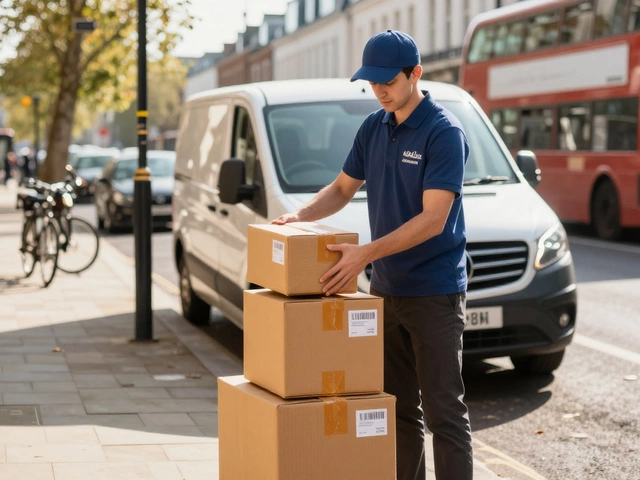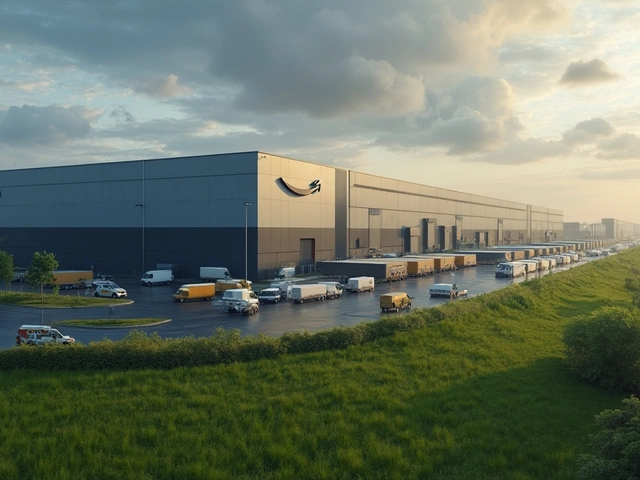Warehouse Innovations That Make Your Operations Faster and Safer
Ever walked into a warehouse and felt like you were inside a sci‑fi movie? Modern warehouses are swapping pallets for robots, paper logs for real‑time data, and guesswork for precise analytics. If you’re looking to cut delays, lower labor costs, and keep mistakes to a minimum, these innovations are the tools you need.
Why Warehouse Innovation Matters
Every extra minute an item spends on the floor adds up. In 2025 the average e‑commerce order is expected to travel three times faster than in 2020, and customers won’t wait for slow shipments. Smart technology turns that pressure into an advantage. A good Warehouse Management System (WMS) gives you live visibility of stock, so you never over‑pick or under‑stock. Automation, from conveyor belts to autonomous guided vehicles (AGVs), handles repetitive tasks while your team focuses on problem‑solving. Together they shrink errors, boost throughput, and keep your bottom line healthy.
Top Innovations to Watch
1. Cloud‑Based WMS Platforms – Instead of pricey on‑premise software, cloud WMS lets you scale up or down with just a few clicks. You get instant updates, easy integrations with ERP or TMS, and the ability to manage multiple sites from one dashboard.
2. AI‑Driven Forecasting – Machine learning looks at past sales, seasonality, and even weather patterns to predict demand. Accurate forecasts mean you keep the right amount of inventory, which cuts storage costs and reduces deadstock.
3. Robotics and AGVs – Small robots can lift heavy loads, move pallets across aisles, and even sort items for shipping. They work 24/7, never need a coffee break, and dramatically lower the risk of workplace injuries.
4. IoT Sensors – Sensors placed on racks or pallets report temperature, humidity, and location in real time. If a product’s environment goes out of range, you get an instant alert before spoilage occurs.
5. Voice‑Guided Picking – Workers wear headsets that give spoken instructions, freeing their hands for scanning and packing. This cuts picking time by up to 30 % and reduces errors caused by looking at screens.
All these tools work best when they talk to each other. A unified platform that links WMS, AI, and robotics creates a “digital twin” of your warehouse, letting you run simulations, spot bottlenecks, and test changes before you spend a penny.
Implementing these innovations doesn’t have to be an all‑or‑nothing game. Start with a cloud WMS that offers API access, then add a single robot or voice‑picker to a busy zone. Measure the impact, then expand. Small, data‑driven steps keep costs low and give you proof that the new approach works.Ready to future‑proof your warehouse? Look for vendors that provide clear ROI calculators, offer trial periods, and have strong support teams. Ask for case studies that match your industry – a grocery distributor will need different sensors than a furniture shipper.
Remember, technology is only as good as the people using it. Train staff on new tools, encourage feedback, and celebrate quick wins. When your crew sees the time saved and the error reduction, they’ll become champions of change.
Warehouse innovations are no longer optional; they’re the competitive edge that separates fast shippers from the rest. By combining cloud WMS, AI forecasting, robotics, IoT, and voice picking, you create a seamless flow that keeps orders moving, customers happy, and profits growing.
January 17, 2025
Evelyn Wescott
0 Comments
As the world continues to advance technologically, warehouses are transforming into more efficient and automated environments. Innovations such as robotics, AI-driven inventory systems, and IoT are increasingly becoming integral to these changes. These advancements are enhancing productivity, reducing errors, and increasing flexibility in how warehouses operate. Discover how these future technologies are set to redefine warehouse management and operations, creating a more seamless supply chain.




